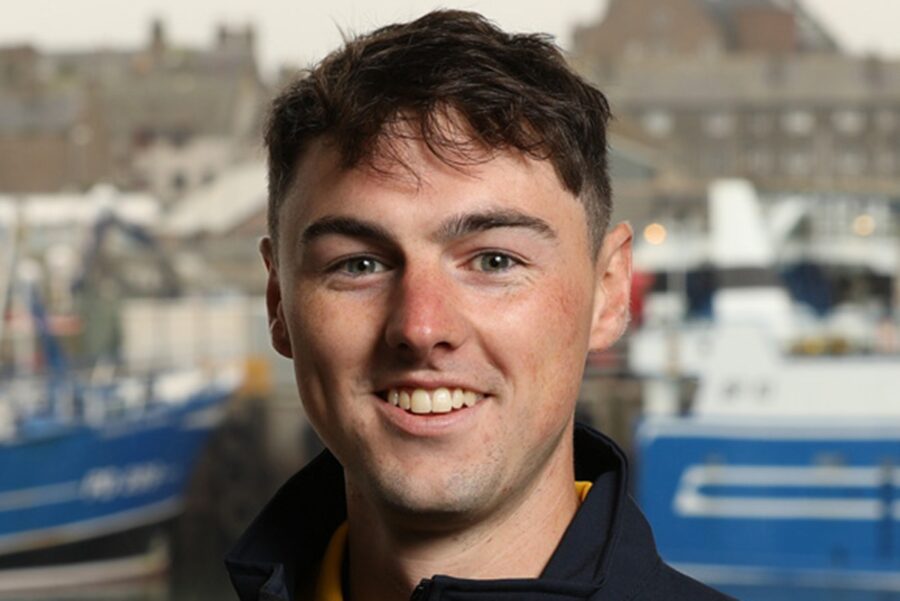Seafish fleet researcher Joe Cooper reports from the Dorset and Devon coast
I’ve not yet heard of any sightings of prehistoric paddle-finned plesiosaurs or giant marine crocodiles, but still I appreciate why fishermen choose to live and work across the Jurassic Coast. This almost 100-mile stretch of the Devon and Dorset coast is a UNESCO World Heritage Site. From West Bay to Exmouth, I have spoken with many static- gear fishermen and a couple of trawler skippers, who shared their insights and taught me much about their motivation for fishing off this unique stretch of UK coastline.
At Beer beach, extra effort is required after a day’s fishing to winch boats onto the shore, but the benefit of not being tidally influenced, coupled with a stunning landscape, seems to make it worth it. I found out how a rocker keel and strops are needed to winch the vessels up the shore – something to consider when looking for a new vessel. Saleswise, the availability of the online auction at Brixham has really helped to open the market to more buyers, allowing fishermen here to receive a competitive price for their catch. Across the coastline, sole, crab, lobster and bass are the primary targets. For some, the disappointment of reduced catches has been counterbalanced by better prices.
There are areas just off the coastline that are closed off to demersal towed gear under Devon and Severn IFCA permit conditions. I’ve heard ideas and concerns about the unintended consequences to stocks of other species. For hook and line fishermen now travelling further out to wreck sites to catch pollack and bass, it has raised questions about what benefit trawling has had for bait species in the past.
In Lyme Regis, skippers appear to be getting younger rather than older, and the advice available from experienced generations down the road at Axmouth has been welcome.
In between fishing and handing out advice, fishermen at Axmouth harbour have recently built a dock crane, ice store and live lobster store with funding from the Blue Marine Foundation. The new facility holds 500kg of live lobster and provides local potters with better protection when market prices drop. Not only that, it avoids reliance on storage pots, which have a higher lobster mortality rate – especially in harbours like this which have a considerable flow of freshwater from the river.
Even on this stunning stretch of the south coast where the number of vessels landing to ports is relatively small, the issues, challenges and opportunities are diverse. I am grateful for being granted access and insight into the livelihoods of the locals who fish here.
The information discussed during the fleet survey is anonymous – but it is recorded and coupled with financial costings and landings data to evidence the changes experienced by different segments of the catching sector year on year.
Joe is a fleet researcher with Seafish, working on the 2021 fleet survey, which is taking place now. If you are happy to take part, please email: fleet.survey@seafish.co.uk with your name, email and/or phone number and port of operation.
Find out more here.
This story was taken from the latest issue of Fishing News. For more up-to-date and in-depth reports on the UK and Irish commercial fishing sector, subscribe to Fishing News here or buy the latest single issue for just £3.30 here.








